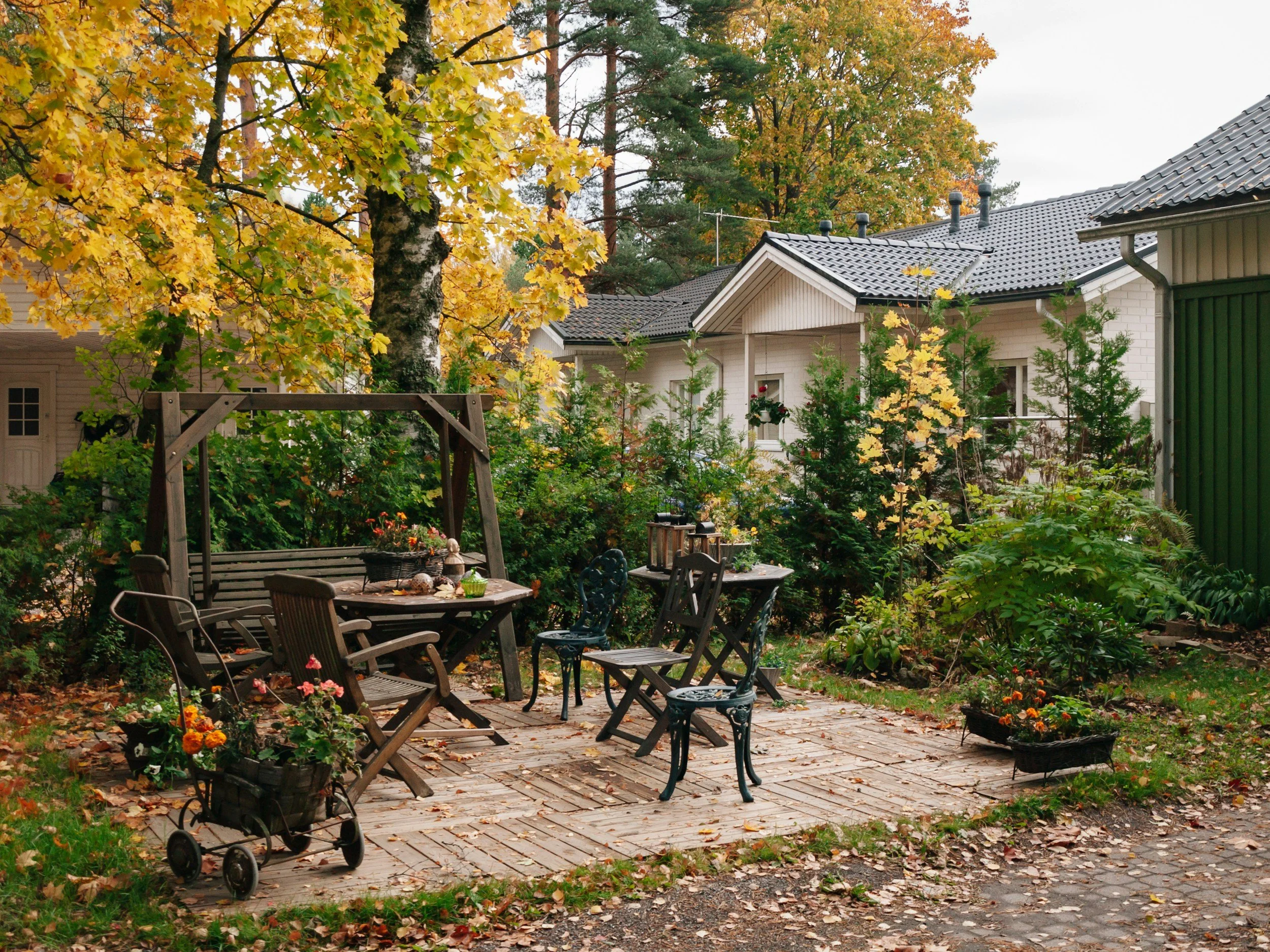Avoiding Regret: Common Custom Home Mistakes and How to Prevent Them
Building a custom home represents one of life's most exciting journeys—transforming your vision into the perfect living space tailored precisely to your needs. However, this dream can quickly turn into a source of stress and regret without proper planning and awareness of common pitfalls.
According to a comprehensive survey conducted by Houzz (2024), nearly 60% of custom home builders report experiencing some form of regret about their project. As real estate expert Sarah Johnson notes, "The biggest regrets typically stem from preventable planning oversights rather than unforeseeable circumstances" (Johnson, 2023, p. 12).
In this comprehensive guide, based on research from industry experts and professional organizations, we'll walk you through the most common regrets in custom home building and provide evidence-based strategies to avoid them.
1. Inadequate Budget Planning
The Mistake: Underestimating costs is perhaps the most prevalent and devastating error in custom home construction. According to a survey by the National Association of Home Builders (NAHB), 69% of custom home projects exceed their initial budget by an average of 10-15% (NAHB, 2023). Many homeowners fail to account for contingencies, finish upgrades, landscaping, and other "invisible" costs.
Prevention Strategy:
Add a 15-20% contingency buffer to your initial budget (Harney, 2022)
Get detailed, itemized quotes from contractors
Budget for complete finishing touches (landscaping, window treatments, etc.)
Consider future costs like maintenance and energy efficiency
Work with a financial advisor familiar with construction projects
Pro Tip: "The most expensive words in custom home building are 'while we're at it.' Track every change order and its impact on your total budget." (Wilson, 2024, p. 43)
2. Rushing the Design Phase
The Mistake: Eager to break ground, many homeowners shortchange the planning process, leading to costly changes during construction. Research by the American Institute of Architects (AIA) found that design changes during construction typically increase project costs by 7-15% (AIA, 2022).
Prevention Strategy:
Invest appropriate time in architectural planning (typically 3-6 months) (Thompson, 2023)
Create a comprehensive "must-have" vs. "nice-to-have" list
Review designs from multiple angles and in different lighting conditions
Use 3D modeling and virtual walkthroughs to visualize spaces (Houzz, 2024)
Consult with interior designers early in the process
Pro Tip: "Spend a full year planning if possible. Live with your floor plans mentally through all seasons to understand how the space will function year-round." (Garcia, 2023, p. 118)
Your Solution: At Maxs Architecture, our thorough design process with 3D modeling and lifestyle-based planning helps prevent costly changes and future regrets. Contact us today for a complimentary consultation to ensure your custom home truly reflects how you live.
3. Poor Space Planning for Daily Life
The Mistake: Designing for aesthetics rather than functionality creates beautiful but impractical homes that don't support daily routines. A study from the Journal of Interior Design found that 78% of homeowners who expressed dissatisfaction with their custom homes cited poor functionality as the primary reason (Roberts & Kim, 2024).
Prevention Strategy:
Map out your typical day from morning to night (Mitchell, 2023)
Consider traffic patterns and natural movement through spaces
Plan spaces for specific activities (meal prep, homework, hobbies)
Design for your actual lifestyle, not an aspirational one (Better Homes & Gardens, 2024)
Think about storage requirements for every room
Pro Tip: "Bring a measuring tape to your current home and record the dimensions of spaces that work well for you. This gives you tangible reference points for your new design." (Anderson, 2024, p. 67)
4. Overlooking Storage Requirements
The Mistake: Insufficient storage is one of the top regrets among custom homeowners, leading to cluttered spaces and organizational challenges. The National Association of Realtors (NAR) found that inadequate storage was cited by 76% of homeowners as their biggest regret after moving into their custom home (NAR, 2023).
Prevention Strategy:
Inventory your belongings before designing storage solutions (Martinez, 2024)
Include dedicated storage for seasonal items
Design multi-functional storage in high-traffic areas (Architectural Digest, 2023)
Plan utility spaces for bulky items (sports equipment, luggage)
Consider future acquisitions and family growth
Pro Tip: "Add 20% more storage than you think you'll need. No homeowner has ever complained about having too much storage space." (Lewis, 2023, p. 89)
5. Neglecting Lighting Design
The Mistake: Treating lighting as an afterthought rather than an integral design element results in poorly illuminated spaces that lack ambiance. A study published in the Journal of Interior Design found that lighting design significantly impacts both mood and functionality, with 65% of homeowners reporting dissatisfaction with their lighting choices (Chen & Williams, 2023).
Prevention Strategy:
Create a comprehensive lighting plan with layers (ambient, task, accent) (Illuminating Engineering Society, 2024)
Consider natural light throughout the day in all seasons
Install adequate outlets and switches in logical locations
Incorporate smart lighting systems for flexibility (CEDIA, 2023)
Choose fixture styles that complement your overall design aesthetic
Pro Tip: "Walk through the unfinished space at different times of day to understand natural light patterns before finalizing artificial lighting plans." (Parker, 2024, p. 132)
6. Choosing Trendy Over Timeless
The Mistake: Incorporating too many current design trends can date a home quickly and lead to expensive updates down the road. Real estate analysis by Zillow (2024) found that homes with highly trendy design elements lost up to 30% of their appeal to buyers within 5-7 years of construction.
Prevention Strategy:
Select neutral, timeless finishes for permanent elements (House Beautiful, 2023)
Express personality through easily changeable decor
Research which design elements have remained desirable for decades (Architectural Digest, 2024)
Balance trendy elements with classic architecture
Consider resale value even if you plan to stay long-term (National Association of Realtors, 2023)
Pro Tip: "The 80/20 rule works well in custom homes: 80% timeless elements and 20% current trends will keep your home feeling fresh without requiring major renovations every few years." (Taylor, 2023, p. 156)
7. Poor Contractor Selection
The Mistake: Choosing contractors based solely on price or availability often leads to quality issues, delays, and communication problems. Consumer Reports (2023) found that 67% of homeowners who selected the lowest-bid contractor reported significant dissatisfaction with the final results.
Prevention Strategy:
Interview multiple contractors and check references thoroughly (Consumer Protection Agency, 2024)
Review portfolios of completed projects similar to yours
Verify licenses, insurance, and warranty offerings (NAHB, 2023)
Assess communication style and responsiveness
Trust your instincts about personality compatibility (Sullivan, 2023)
Pro Tip: "Ask potential contractors about their worst project and how they handled it. Their answer reveals much about their problem-solving approach and transparency." (Richardson, 2024, p. 78)
8. Inadequate Project Management
The Mistake: Failing to establish clear communication channels and decision timelines creates costly delays and misunderstandings. A study by the Construction Management Association of America (CMAA) found that poor communication contributes to approximately 52% of all construction rework costs (CMAA, 2023).
Prevention Strategy:
Establish regular meeting schedules with your build team (Project Management Institute, 2024)
Create a detailed construction timeline with decision deadlines
Document all decisions and changes in writing (American Bar Association, 2023)
Determine who has final authority on decisions
Use project management software to track progress (Construction Executive, 2024)
Pro Tip: "Create a dedicated email address for your build project to keep all communications organized and searchable." (Washington, 2023, p. 211)
9. Neglecting Energy Efficiency
The Mistake: Focusing on aesthetic features while overlooking energy efficiency leads to higher operating costs and reduced comfort. The U.S. Department of Energy (2023) reports that energy-efficient homes cost 30-40% less to operate annually compared to standard new construction.
Prevention Strategy:
Invest in high-quality insulation and energy-efficient windows (Energy Star, 2024)
Consider long-term savings from efficient HVAC systems
Plan for passive solar design where possible (Sustainable Architecture Institute, 2023)
Research renewable energy options before construction
Choose Energy Star rated appliances and fixtures (Consumer Reports, 2024)
Pro Tip: "The incremental cost of upgrading to more efficient systems during construction is typically recouped within 5-7 years through reduced utility bills." (Green Building Council, 2023, p. 45)
10. Forgetting Outdoor Living Spaces
The Mistake: Allocating most of the budget to interior spaces while neglecting outdoor areas limits your home's full potential. A study from the American Society of Landscape Architects (ASLA) found that professional landscaping can increase property values by 15-20% (ASLA, 2024).
Prevention Strategy:
Design outdoor spaces with the same attention as interiors (Landscape Architecture Magazine, 2023)
Plan for transitions between indoor and outdoor areas (Outdoor Living Association, 2024)
Consider regional climate and typical usage seasons
Include utilities (water, electricity) for future outdoor upgrades (Home & Garden, 2023)
Budget for quality landscaping to complete the project
Pro Tip: "Well-designed outdoor living spaces typically return 70-90% of their investment in home value while dramatically increasing livability." (Remodeling Magazine's Cost vs. Value Report, 2024, p. 18)
Conclusion: The Path to a Regret-Free Custom Home
Building a custom home should be a rewarding journey resulting in a space that enhances your life for years to come. By avoiding these common mistakes, you'll maximize both your enjoyment of the process and your satisfaction with the result.
Research by the NAHB (2023) shows that homeowners who invest adequate time in planning and professional guidance report 89% higher satisfaction with their custom home projects compared to those who rush the process. As custom home expert Jennifer Peterson emphasizes, "The difference between a dream home and a costly disappointment often comes down to methodical planning and informed decision-making" (Peterson, 2024, p. 203).
Remember that patience, planning, and partnership with experienced professionals are your greatest allies in creating a custom home you'll love for generations. The extra time invested upfront in thoughtful design and contractor selection will pay dividends in reduced stress and a more successful outcome.
Have you built a custom home? What lessons did you learn during the process? Share your experiences in the comments below!










